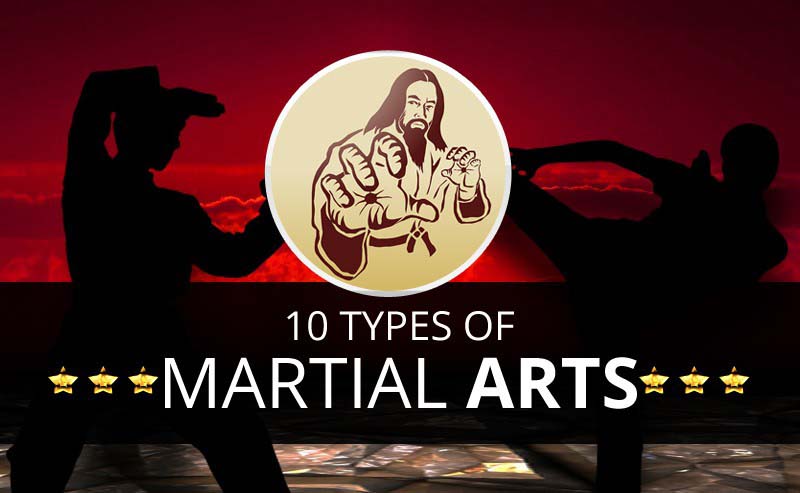Traditional Martial Arts And Modern Fight Sports: An Extensive Summary Of Their Distinctive Differences
Traditional Martial Arts And Modern Fight Sports: An Extensive Summary Of Their Distinctive Differences
Blog Article
Created By-Ware Brady
When you think about martial arts, do you lean a lot more toward the traditional methods or the modern battle sporting activities? Each path offers distinct advantages and experiences, formed by their philosophies and training techniques. Conventional martial arts stress personal development and discipline, while contemporary battle sporting activities focus on competition and performance. Recognizing these distinctions can assist you in selecting the best technique for your trip. But just how do these differences materialize in training and approach?
The Philosophy and History Behind Typical Martial arts
While many people associate martial arts with physical fight, the viewpoint and history behind typical martial arts run much deeper. You'll find that these self-controls emphasize personal development, technique, and regard.
Originating from ancient methods, typical martial arts were usually established for Self-Defense and spiritual advancement. They symbolize principles such as balance, consistency, and self-constraint, directing practitioners past plain fighting skills.
As what martial art is bet for kids educate, you'll not only discover methods but also acquire understandings right into the culture and worths that formed these arts. The routines and customs, often given via generations, cultivate a sense of community and belonging.
The Competitive Nature of Modern Battle Sports
Modern fight sports have transformed the landscape of martial arts right into a highly affordable sector, where athletes challenge in a test of skill, technique, and endurance.
You'll discover that competitors are usually arranged with stringent policies and laws, making certain fair play and security. These events draw in huge audiences, sustaining the enjoyment and intensity of matches.
Athletes train rigorously, not just for physical expertise yet also for mental durability, understanding that every information counts in the ring. The adrenaline rush during competitors is apparent, as boxers press their limits to declare victory.
Followers value the athleticism and artistry included, making modern battle sporting activities a thrilling spectacle that remains to develop and mesmerize lovers around the world.
Training Methods and Methods: A Comparative Analysis
The affordable environment of contemporary combat sporting activities needs ingenious training techniques that differ significantly from standard martial arts.
In modern-day training, you'll concentrate on particular methods, competing, and conditioning, often using drills that replicate real fight circumstances. You'll see a focus on measurable performance and frequent competitors to evaluate your skills.
On the other hand, standard martial arts focus on types, katas, and philosophical teachings, commonly emphasizing discipline and respect over competitors.
Training is normally much less intense and might include repetitive technique instead of real-time sparring.
While both strategies build skill and physical fitness, modern-day battle sporting activities offer an extra dynamic and adaptable training environment, preparing you for immediate difficulties in the ring or cage.
Pick the course that lines up with your goals and interests.
Final thought
In picking in between traditional martial arts and contemporary battle sports, it actually boils down to what you value most. If you're searching for individual development, technique, and a sense of community, standard arts may be your best fit. But if visit the next website page flourish on competitors and real-time challenges, modern-day fight sports could be the way to go. Eventually, both courses offer unique advantages, so it's all about aligning your training with your individual objectives and rate of interests.
